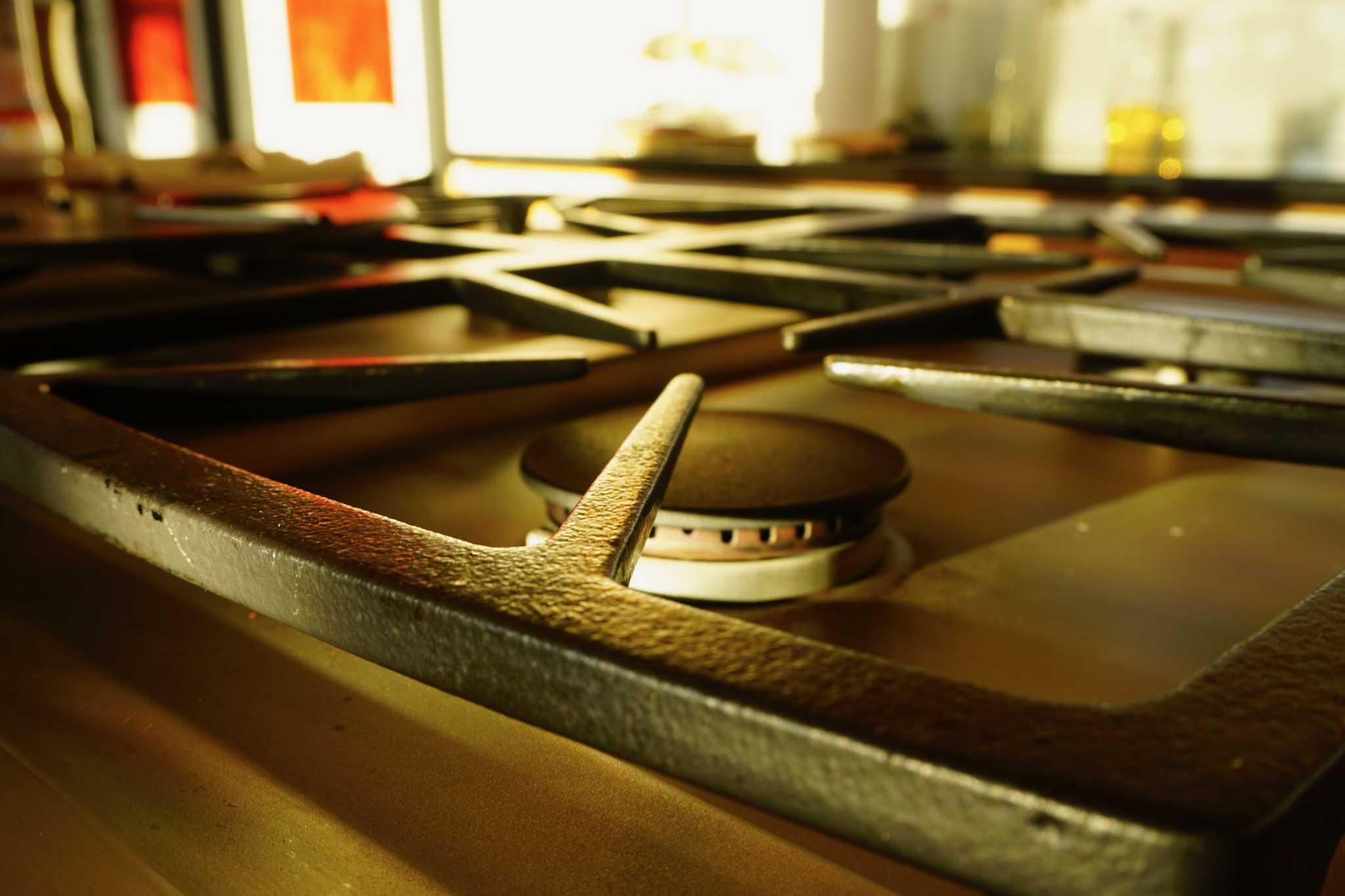

Articles
How To Get Stains Off A Stove Top
Modified: October 20, 2024
Looking for articles on how to get stains off a stove top? Discover effective methods and tips to keep your stove looking sparkling clean.
(Many of the links in this article redirect to a specific reviewed product. Your purchase of these products through affiliate links helps to generate commission for Storables.com, at no extra cost. Learn more)
Introduction
A clean and spotless stove top not only enhances the aesthetics of your kitchen, but also ensures a hygienic cooking environment. However, over time, your stove top can accumulate a variety of stubborn stains that can be quite challenging to remove. From grease and oil splatters to burnt-on spills, these stains can be unsightly and difficult to clean.
But fear not! With the right techniques and products, you can easily get those stains off your stove top and restore its shiny and pristine look. In this article, we will explore different methods that you can use to tackle various types of stains on your stove top.
Key Takeaways:
- Say goodbye to stubborn stove top stains with natural solutions like baking soda and vinegar, or lemon juice and salt. These methods are effective, eco-friendly, and budget-friendly, leaving your stove top sparkling clean and smelling fresh.
- For tough stains, consider commercial stove top cleaners or hydrogen peroxide. Remember to follow safety precautions and manufacturer guidelines. Regular maintenance and patience are key to keeping your stove top spotless and pristine.
Read more: What Gets Stains Off Of A Stove Burners
Common Types of Stains on a Stove Top
Before we delve into the methods for removing stains from your stove top, it’s important to understand the different types of stains you might encounter. This will help you choose the most effective method for tackling each specific stain.
1. Grease and Oil Stains: These are the most common types of stains found on a stove top. They are often caused by splatters while cooking and can leave behind greasy marks that are difficult to remove.
2. Burnt-on Food Stains: When food spills onto a hot stove top, it can quickly burn and adhere to the surface. This leads to stubborn black or brown stains that require extra effort to remove.
3. Water Stains: Sometimes, water droplets can leave stains on the stove top if they are not wiped off immediately. These stains are typically light and can make the surface look dull and unclean.
4. Mineral Deposits: If you have hard water in your area, mineral deposits can build up on your stove top over time. These deposits can leave white or grayish stains that are challenging to remove with regular cleaning methods.
It’s important to identify the type of stain you are dealing with before selecting the appropriate cleaning method. This will ensure that you achieve the best results and prevent any potential damage to your stove top.
Precautions before Cleaning
Before you start cleaning your stove top, there are a few precautions you should keep in mind to ensure your safety and the longevity of your appliance.
1. Turn off the Stove: Make sure that the stove is completely turned off and cool to the touch before you begin cleaning. This will prevent any accidental burns or injuries.
2. Disconnect the Power: If you have an electric stove, it is important to unplug it from the power source before cleaning. This will eliminate the risk of electrical shocks or short circuits.
3. Remove Burners and Accessories: Take out the burners and any removable accessories like knobs or grates from the stove top. This will provide better access to the stains and make the cleaning process easier.
4. Use Protective Gear: To protect your hands from harsh chemicals or hot water, consider wearing gloves while cleaning. Additionally, wearing safety goggles can prevent any splashes or debris from entering your eyes.
5. Read the Manufacturer’s Instructions: Check the user manual or the manufacturer’s instructions for any specific cleaning guidelines or recommendations. Following these guidelines will help maintain the warranty of your stove top.
By taking these precautions, you can ensure a safe and effective cleaning process, giving you the best results without any unwanted accidents or damage to your stove top.
Methods for Removing Stains from a Stove Top
Now that you’re prepared, let’s explore different methods you can use to effectively remove stains from your stove top. Choose the method that best suits your specific stain and start your journey to a clean cooking surface!
1. Baking Soda and Vinegar Method
This natural and gentle method is suitable for tackling grease and oil stains on your stove top.
- Sprinkle a generous amount of baking soda on the stained areas.
- Pour white vinegar over the baking soda and let the mixture fizz for a few minutes. This helps loosen the stains.
- Gently scrub the surface with a sponge or cloth.
- Rinse the stove top with warm water and wipe it dry.
Read more: How To Get Stains Off Of Electric Stove Top
2. Lemon Juice and Salt Method
This method is effective for removing burnt-on food stains from your stove top.
- Make a paste by mixing lemon juice and salt in equal parts.
- Apply the paste to the stained areas and let it sit for a few minutes.
- Gently scrub the surface with a sponge or brush.
- Rinse with water and wipe it dry.
3. Commercial Stove Top Cleaner Method
If you prefer a specialized cleaner, there are many commercial products available specifically designed for stove tops.
- Read and follow the instructions on the cleaner bottle.
- Apply the cleaner to the stained areas and let it sit for the recommended time.
- Gently scrub the surface with a sponge or scrub brush.
- Rinse thoroughly with water and wipe it dry.
4. Hydrogen Peroxide Method
This method is effective for removing tough grease or burnt-on stains.
- Apply a small amount of hydrogen peroxide to the stained areas.
- Let it sit for a few minutes to allow the peroxide to penetrate the stains.
- Gently scrub the surface with a sponge or cloth.
- Rinse with water and dry it thoroughly.
5. Dish Soap and Warm Water Method
This simple and gentle method works well for light stains and everyday cleaning.
- Mix a few drops of dish soap with warm water in a bowl.
- Dip a sponge or cloth into the soapy water and wring out any excess liquid.
- Gently scrub the stained areas.
- Rinse with clean water and dry it thoroughly.
Remember to always carefully follow the instructions for each method and test any cleaning solution on a small, inconspicuous area of your stove top before applying it to the entire surface. This will help avoid any potential damage to your stove top.
Read more: How To Get Stains Off A Mattress
Baking Soda and Vinegar Method
The Baking Soda and Vinegar method is a popular and effective natural cleaning solution for removing grease and oil stains from your stove top. This method is not only eco-friendly but also safe to use on various stove top surfaces.
- Start by gathering the necessary materials: baking soda, white vinegar, a sponge or cloth, and warm water.
- Sprinkle a generous amount of baking soda directly onto the stained areas of your stove top.
- Pour a small amount of white vinegar over the baking soda. You will notice a fizzing reaction, which helps to loosen the stains.
- Allow the mixture to sit on the stains for a few minutes. This gives the baking soda and vinegar enough time to break down the grime and grease.
- Gently scrub the stained areas with a damp sponge or cloth. Apply light pressure to avoid scratching the surface of the stove top.
- Rinse the sponge or cloth with warm water and continue scrubbing the surface until all the baking soda and vinegar residue is removed.
- Once you have thoroughly cleaned the stove top, rinse it with clean water to remove any remaining residue.
- Dry the surface using a clean towel or cloth to prevent any water spots or streaks.
The combination of baking soda and vinegar creates a powerful cleaning paste that helps to dissolve and lift stubborn stains on your stove top. Baking soda acts as a gentle abrasive, while vinegar cuts through grease and grime. Together, they make a potent cleaning solution.
Additionally, this method is safe to use on a variety of stove top surfaces, such as ceramic, glass, or stainless steel. However, always double-check the manufacturer’s instructions for any specific cleaning recommendations to avoid damaging the surface.
The Baking Soda and Vinegar method is not only effective for removing stains but also leaves your stove top smelling fresh and clean. Plus, it’s a budget-friendly option compared to commercial cleaning products, making it a popular choice among homeowners.
So, the next time you encounter tough grease and oil stains on your stove top, give the Baking Soda and Vinegar method a try. It’s a natural and powerful solution that can restore your stove top to its original shine.
Lemon Juice and Salt Method
The Lemon Juice and Salt method is an effective and natural way to remove stubborn burnt-on food stains from your stove top. Lemon juice contains citric acid, which acts as a natural cleaning agent, while salt helps to gently scrub away the stains.
- Gather the necessary materials: fresh lemons or lemon juice, salt, a sponge or cloth, and warm water.
- If using fresh lemons, squeeze the juice into a small bowl. If using lemon juice, pour a sufficient amount into a bowl.
- Add an equal amount of salt to the lemon juice and mix them together to form a paste. The salt acts as a gentle abrasive to help lift the burnt-on stains.
- Apply the lemon juice and salt paste directly onto the stained areas of your stove top.
- Allow the mixture to sit on the stains for about 10-15 minutes. This gives the lemon juice and salt enough time to break down the burnt-on residue.
- Gently scrub the stained areas with a damp sponge or cloth. The gritty texture of the salt helps to remove the stubborn stains while the lemon juice cleans and deodorizes.
- Rinse the sponge or cloth with warm water and continue scrubbing the surface until all residue, including the lemon juice and salt mixture, is removed.
- Finally, rinse the stove top with clean water to ensure all cleaning solution is eliminated.
- Use a dry towel or cloth to thoroughly dry the surface and prevent any water spots or streaks.
With the acidic properties of lemon juice and the gentle scrubbing action of salt, this method effectively removes burnt-on food stains from your stove top, leaving it clean and fresh.
It is important to note that this method is safe to use on most stove top surfaces, including ceramic, glass, and stainless steel. However, always double-check your manufacturer’s cleaning instructions for any specific recommendations or precautions.
The Lemon Juice and Salt method is a natural and budget-friendly alternative to harsh chemical cleaners. The pleasant aroma of lemon juice adds a refreshing scent to your kitchen while effectively tackling tough stains.
So, next time you encounter burnt-on food stains on your stove top, harness the natural power of lemon juice and salt for a clean and spotless cooking surface.
Commercial Stove Top Cleaner Method
If you prefer a specialized cleaner specifically formulated for stove tops, the Commercial Stove Top Cleaner method is an excellent option. These purpose-made cleaners are designed to effectively remove stains, grease, and grime from your stove top surface.
- Start by selecting a commercial stove top cleaner that is suitable for your stove top surface. Consider reading reviews or consulting the manufacturer’s recommendations for the best product.
- Read and follow the instructions provided on the cleaner bottle carefully. Different cleaners may have specific guidelines, so it’s important to adhere to them for the best results.
- Apply the cleaner directly to the stained areas of your stove top, following the manufacturer’s instructions.
- Allow the cleaner to sit on the stains for the recommended amount of time. This provides the cleaner with an opportunity to break down the grease and grime.
- Gently scrub the surface using a sponge or scrub brush. Ensure you cover all the stained areas and use light pressure to avoid scratching the stove top.
- Rinse the sponge or cloth with water and wipe away any residue left by the cleaner.
- Rinse the stove top thoroughly with clean water to remove any remaining cleaner residue.
- Use a dry towel or cloth to completely dry the surface, leaving it sparkling clean.
Commercial stove top cleaners are specifically formulated to cut through tough grease, oil, and burnt-on stains. They often contain powerful ingredients that make the cleaning process easier and more efficient.
Before using a commercial stove top cleaner, ensure it is appropriate for your stove top surface. Different surfaces, such as ceramic, glass, or stainless steel, may have unique requirements and recommendations for cleaning products.
Always follow the manufacturer’s instructions on the cleaner bottle to achieve the best possible results and to avoid any potential damage to your stove top.
Commercial stove top cleaners are a convenient option when you want a powerful and reliable solution to remove stubborn stains. They provide an effortless cleaning experience, leaving your stove top looking brand new.
So, if you prefer a commercial-grade cleaning product, choose a stove top cleaner that suits your needs and enjoy a spotless and gleaming stove top in no time!
Hydrogen Peroxide Method
The Hydrogen Peroxide method is an effective solution for removing tough grease and burnt-on stains from your stove top. Hydrogen peroxide acts as a powerful cleaning agent, breaking down stains and stubborn residue.
- Gather the necessary supplies: hydrogen peroxide, a sponge or cloth, warm water, and a bowl.
- Start by applying a small amount of hydrogen peroxide directly onto the stained areas of your stove top.
- Allow the peroxide to sit on the stains for a few minutes to penetrate and break down the stubborn grime.
- Gently scrub the stained areas using a sponge or cloth. Apply light pressure to avoid scratching the surface.
- Rinse the sponge or cloth with warm water and continue scrubbing until all residue is removed.
- Rinse the stove top thoroughly with clean water to ensure all cleaning solution is eliminated.
- Dry the surface with a towel or cloth to prevent any water spots from forming.
Hydrogen peroxide is a powerful cleaning agent that effectively cuts through grease and stubborn stains. It is especially useful for tackling difficult, burnt-on food stains that may have accumulated on your stove top.
Always use caution when handling hydrogen peroxide, as it may irritate the skin and eyes. Wear gloves and ensure proper ventilation while using this method.
It’s important to note that the hydrogen peroxide method is generally safe for various stove top surfaces. However, it’s always wise to check your manufacturer’s cleaning recommendations to ensure compatibility and prevent any potential damage.
As hydrogen peroxide is a bleaching agent, it may lighten the color of some surfaces. Hence, it is essential to spot test the hydrogen peroxide in an inconspicuous area first before applying it to the entire stove top.
The Hydrogen Peroxide method offers an effective and affordable way to tackle tough stains on your stove top. By harnessing the cleaning power of hydrogen peroxide, you can remove even the most stubborn residue, leaving your stove top looking fresh and pristine.
So, next time you’re faced with challenging stains on your stove top, give the Hydrogen Peroxide method a try for a thorough and effective cleaning experience.
Use a mixture of baking soda and water to create a paste, then apply it to the stained areas on the stove top. Let it sit for 15-20 minutes before scrubbing with a non-abrasive sponge. Rinse with water and dry with a clean cloth.
Read more: How To Get Stains Off The Countertops
Dish Soap and Warm Water Method
The Dish Soap and Warm Water method is a simple yet effective approach to removing light stains and everyday grime from your stove top. This method is gentle on the surface while effectively cutting through grease and residue.
- To begin, gather the necessary materials: dish soap, warm water, a sponge or cloth, and a bowl.
- In a bowl, mix a few drops of dish soap with warm water to create a soapy solution.
- Dip a sponge or cloth into the soapy water, ensuring it’s thoroughly saturated but not dripping.
- Gently scrub the stained areas of your stove top using the soapy sponge or cloth. Apply light pressure to avoid scratching the surface.
- Rinse the sponge or cloth with clean water and continue to wipe away any soapy residue.
- Rinse the stove top thoroughly with clean water to ensure any remaining soap is removed.
- Finally, dry the surface with a towel or cloth to prevent water spots or streaks.
The combination of dish soap and warm water effectively cuts through grease and removes light stains from your stove top. Dish soap acts as a mild detergent that helps to break down oils and grime, while warm water aids in the cleaning process.
This method is safe for most stove top surfaces, including glass, ceramic, and stainless steel. However, it’s always recommended to check your manufacturer’s guidelines for any specific cleaning instructions or precautions.
The Dish Soap and Warm Water method is a quick and convenient option for regular maintenance and light cleaning. It’s a gentle approach that can be easily incorporated into your regular cleaning routine.
By regularly using this method, you can maintain the cleanliness and appearance of your stove top, preventing the buildup of stubborn stains and keeping it looking its best.
So, the next time you notice light stains or everyday grime on your stove top, reach for dish soap and warm water for a simple and effective cleaning solution.
Tips for Stubborn Stains
While the methods mentioned earlier are effective for most stains, there may be some cases where you encounter stubborn or particularly difficult stains on your stove top. Here are some additional tips to help you tackle those stubborn stains:
- Pre-Soaking: If you’re dealing with burnt-on food or tough grease stains, consider pre-soaking the affected areas. Apply a wet cloth or paper towel soaked in warm water or a cleaning solution to the stain and let it sit for 10-15 minutes. This can help loosen the stain and make it easier to scrub away.
- Scraping Tools: For stubborn, caked-on stains, you may need to use a gentle scraping tool, such as a plastic scraper or a non-abrasive scrubbing pad. Be cautious not to scratch the surface, and only use scraping tools recommended by the manufacturer.
- Repeat Cleaning: If a stain persists after the initial cleaning, you may need to repeat the chosen cleaning method. Sometimes, a second or third round of cleaning is necessary to fully remove stubborn stains.
- Hot Water Steam: Steam can be highly effective in loosening tough stains. If your stove top has a steam cleaning function, follow the manufacturer’s instructions to use it for targeted stain removal.
- Regular Maintenance: To prevent the buildup of stubborn stains, it’s important to regularly clean your stove top after each use. Wipe spills and splatters immediately with a damp cloth or paper towel to minimize the chance of stains setting in.
- Avoid Abrasive Cleaners: While it may be tempting to use abrasive cleaners or harsh chemicals, they can damage the surface of your stove top. Stick to gentle cleaning solutions and soft cleaning tools to protect the integrity of your appliance.
- Protective Mats or Liners: Consider using protective mats or liners on your stove top. These can help prevent stains and spills from directly contacting the surface, making cleaning easier in the long run.
Remember, patience and persistence are key when dealing with stubborn stains. It may take some trial and error to find the best approach for your specific stain, but with the right techniques and a bit of elbow grease, you can successfully remove even the most persistent stains from your stove top.
Lastly, always consult your stove top’s manufacturer guidelines for specific cleaning advice and recommendations to ensure you’re taking the best care of your appliance.
Conclusion
Keeping your stove top clean and free of stains is essential not only for maintaining its appearance but also for ensuring a hygienic cooking environment. With the methods and tips mentioned in this article, you can confidently tackle different types of stains on your stove top and restore its shine.
From the natural and gentle Baking Soda and Vinegar method to the powerful Commercial Stove Top Cleaner method, you have a range of options to choose from based on the type and severity of the stains you are dealing with.
Remember to take precautions before cleaning, such as turning off the stove and disconnecting the power, to ensure your safety. It’s also essential to use proper protective gear and follow any specific instructions provided by your stove top manufacturer.
For particularly stubborn stains, employ additional strategies like pre-soaking, gentle scraping, or repeating the cleaning process. Regular maintenance and immediate cleaning of spills can prevent stains from becoming deeply ingrained and difficult to remove.
By taking care of your stove top and using the appropriate cleaning methods, you can prolong its lifespan and ensure optimal performance in your kitchen.
Don’t let stains and grime hinder the beauty and functionality of your stove top. Armed with the knowledge and techniques provided in this article, you can confidently keep your stove top clean, spotless, and ready to handle any culinary adventures that come your way!
Frequently Asked Questions about How To Get Stains Off A Stove Top
Was this page helpful?
At Storables.com, we guarantee accurate and reliable information. Our content, validated by Expert Board Contributors, is crafted following stringent Editorial Policies. We're committed to providing you with well-researched, expert-backed insights for all your informational needs.
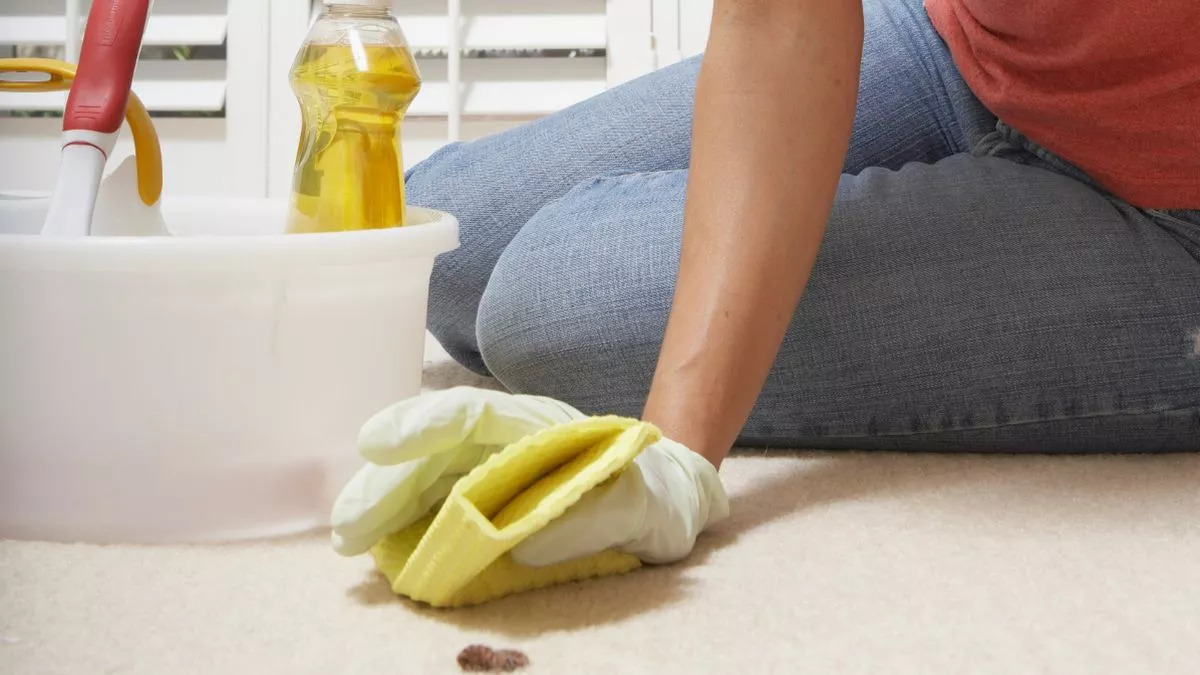
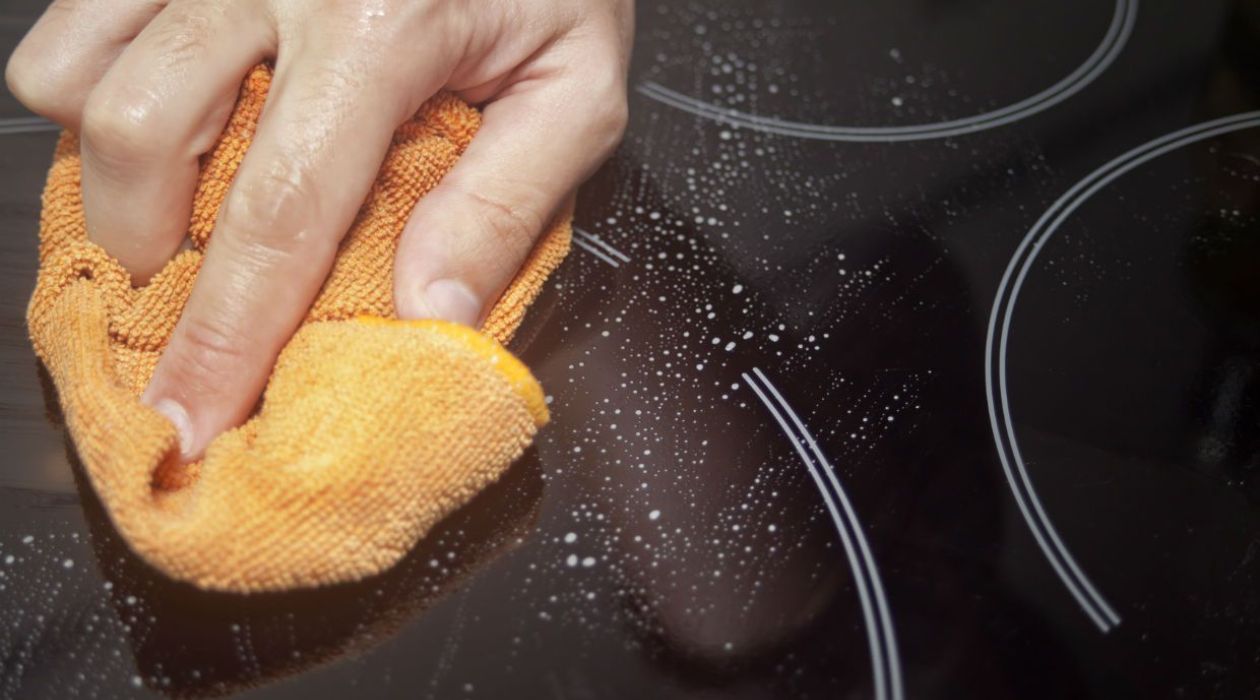
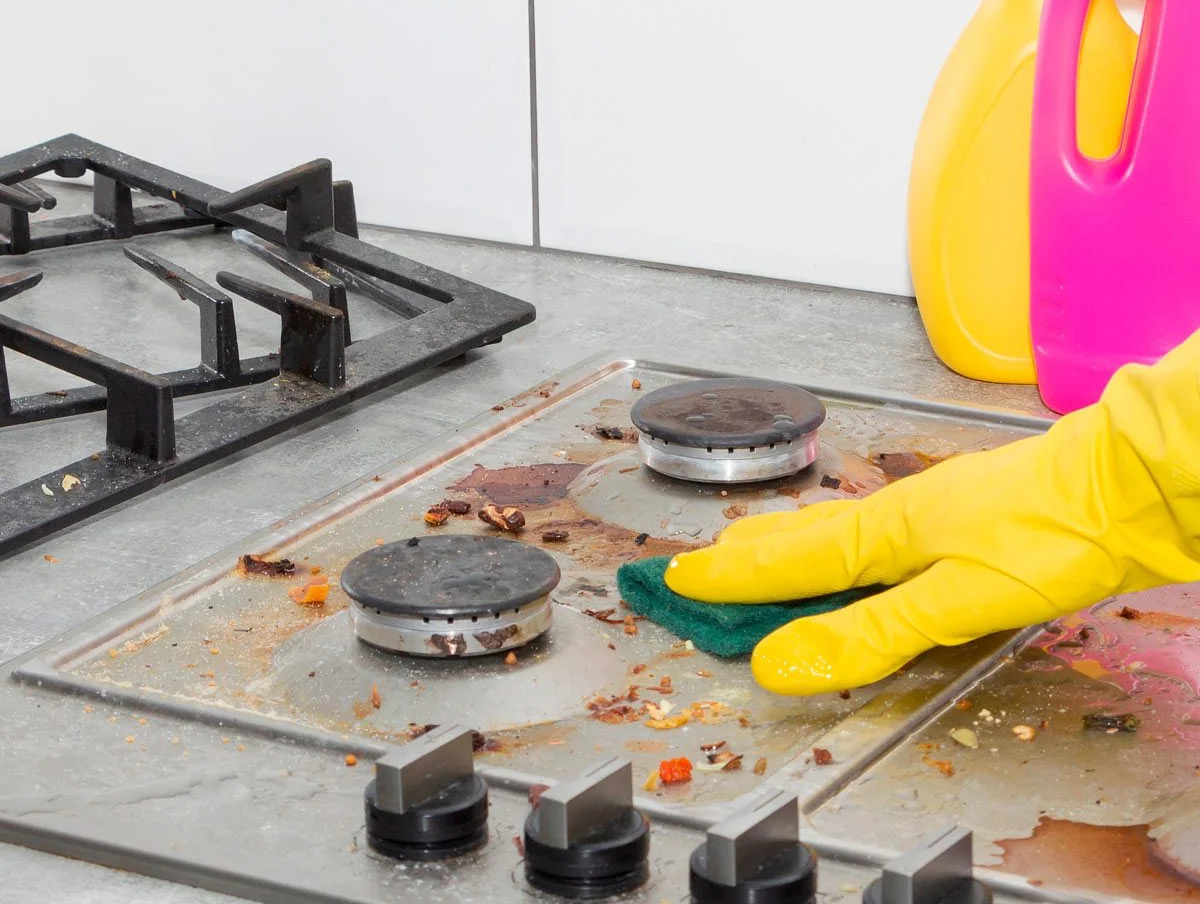
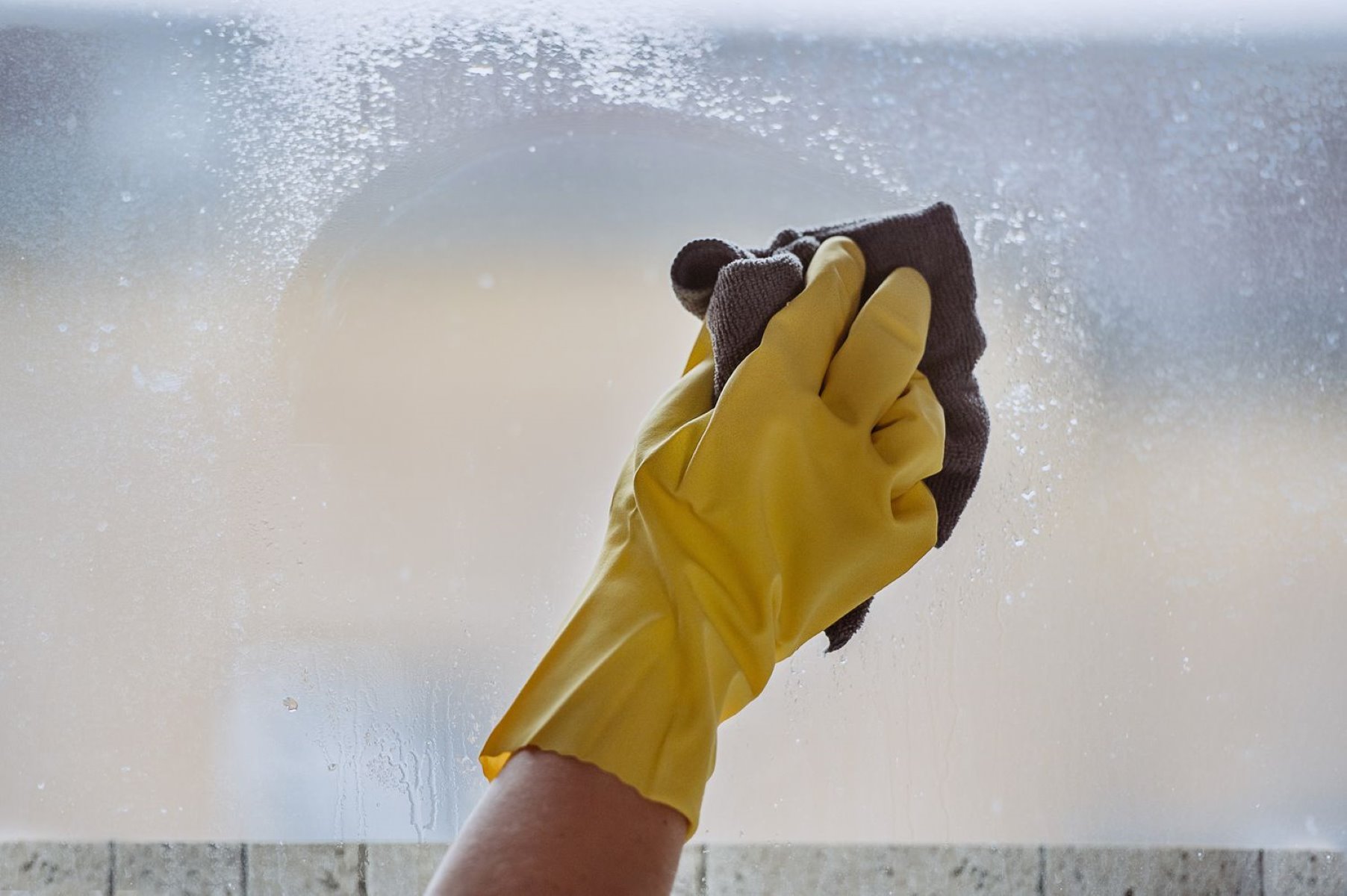
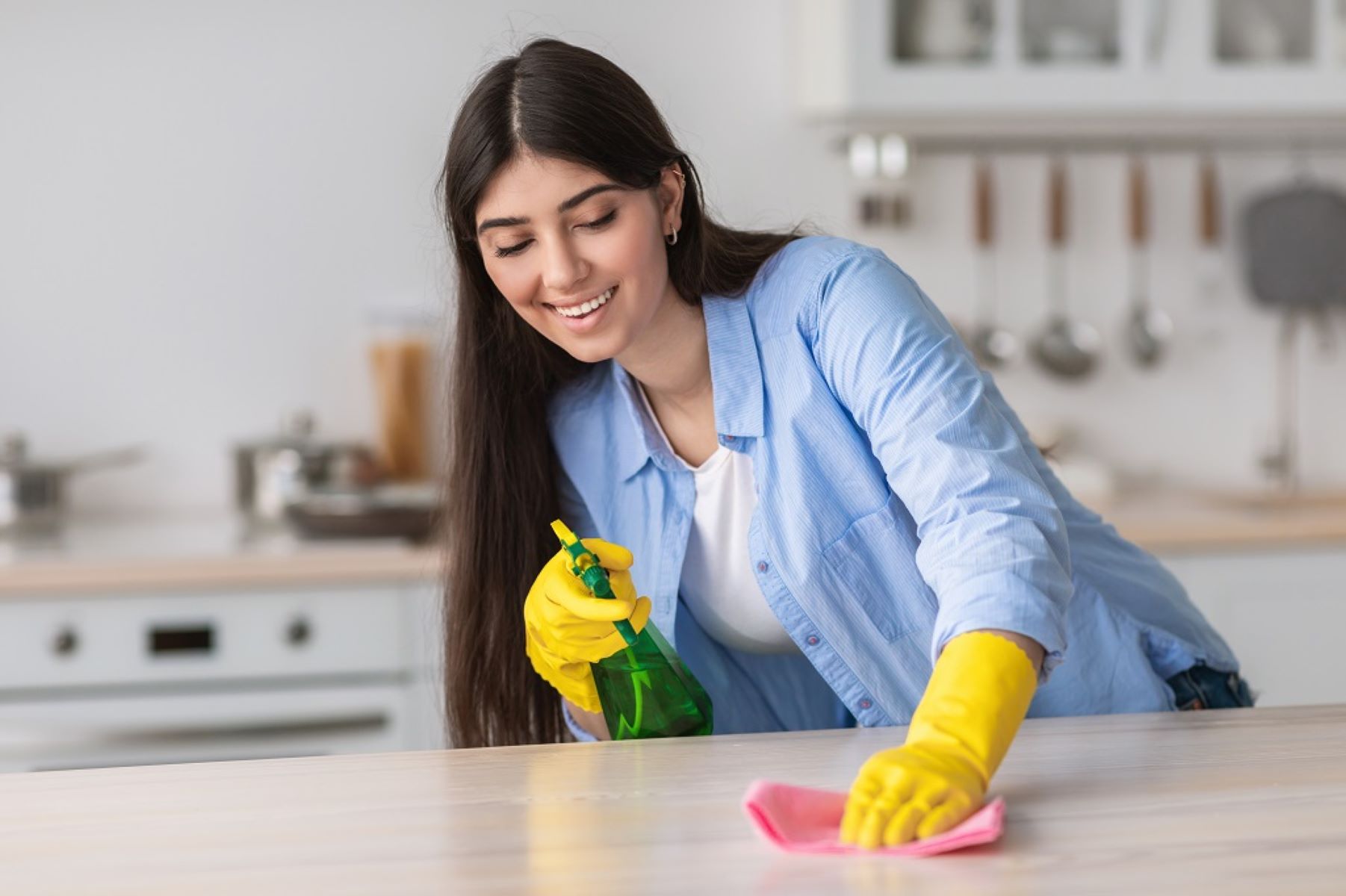
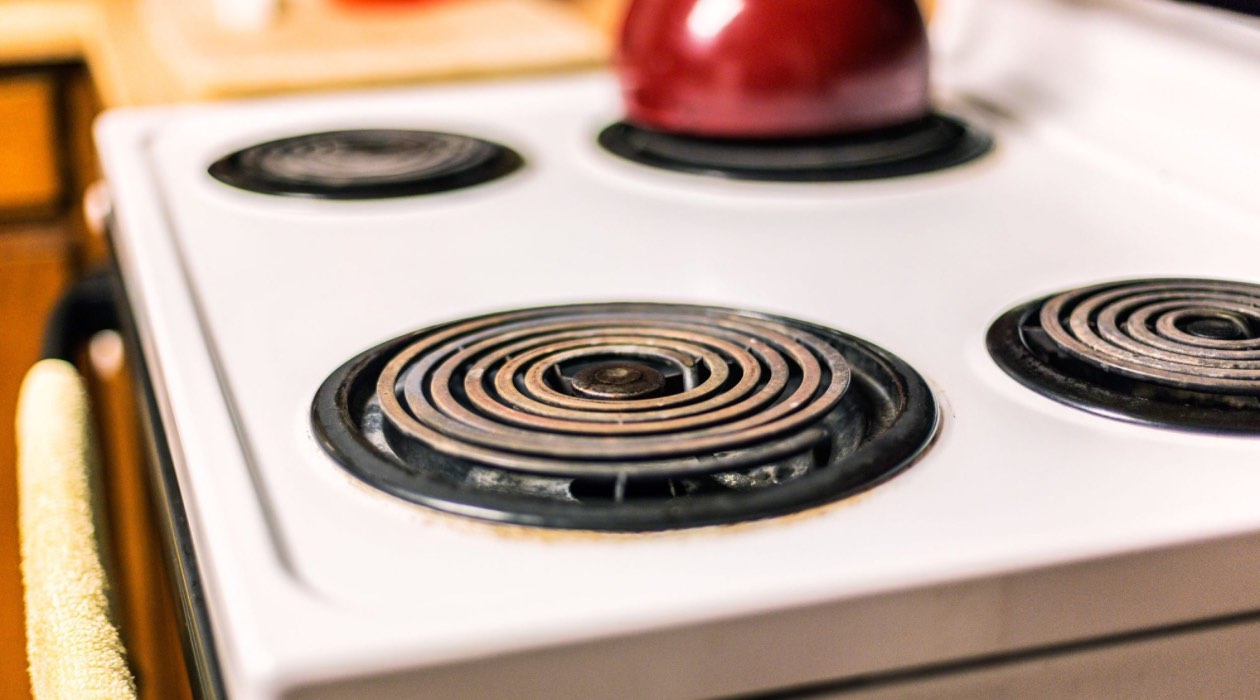
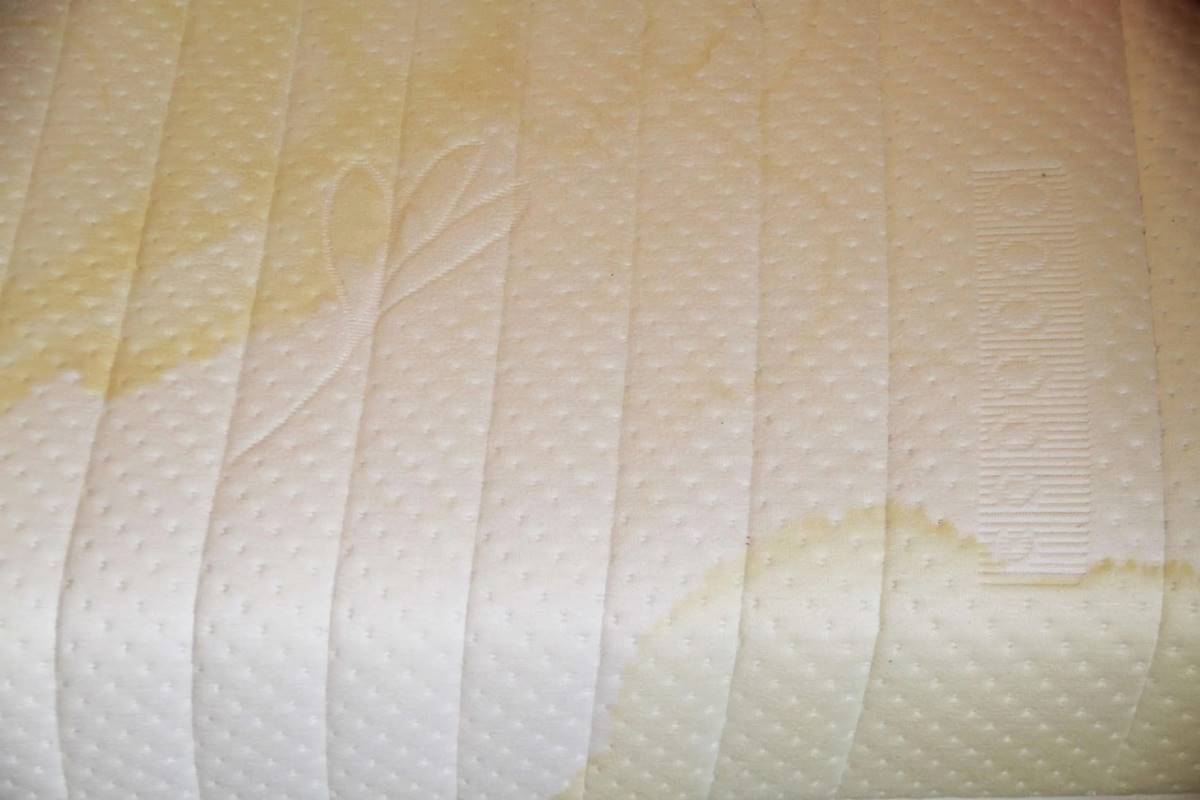
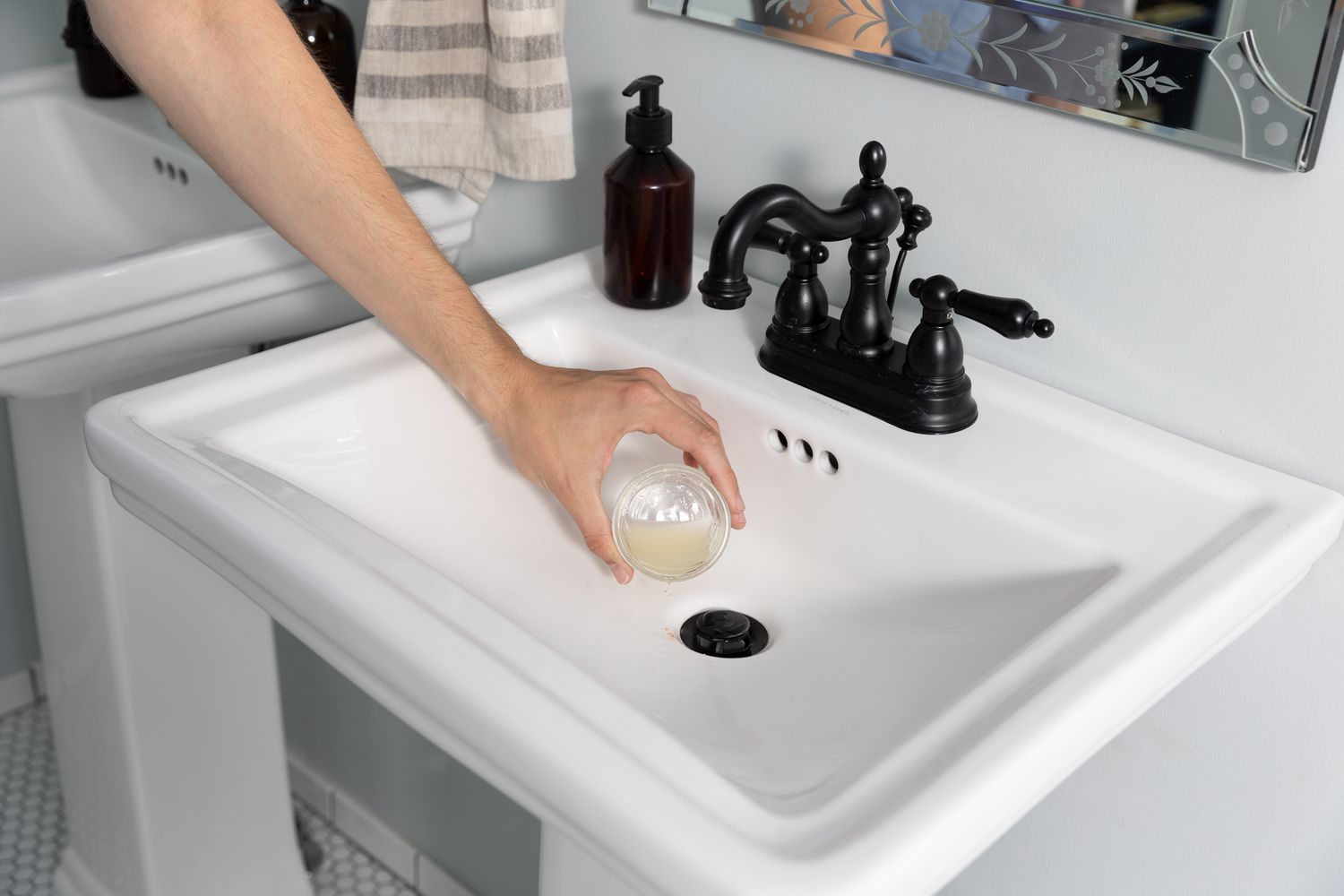
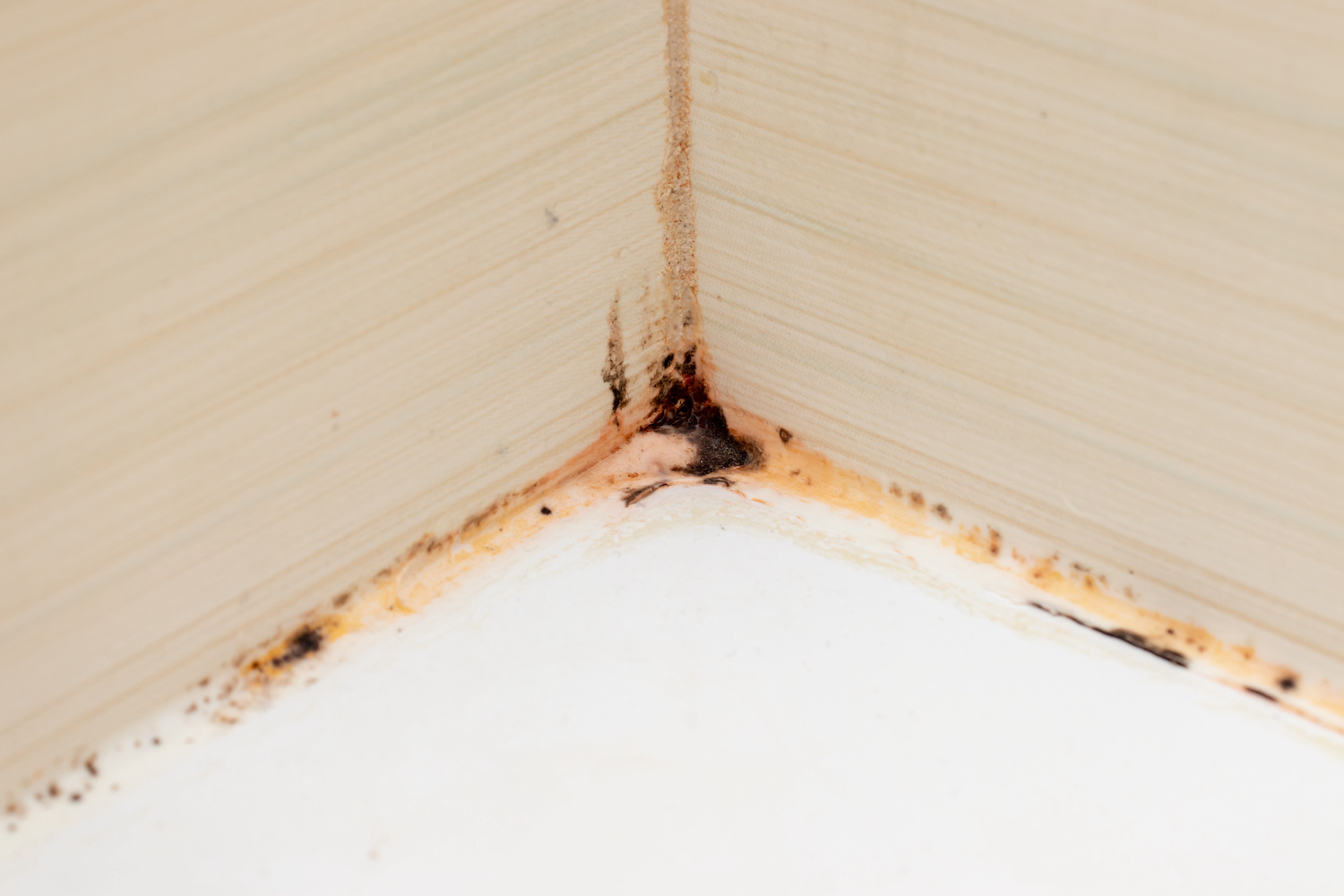
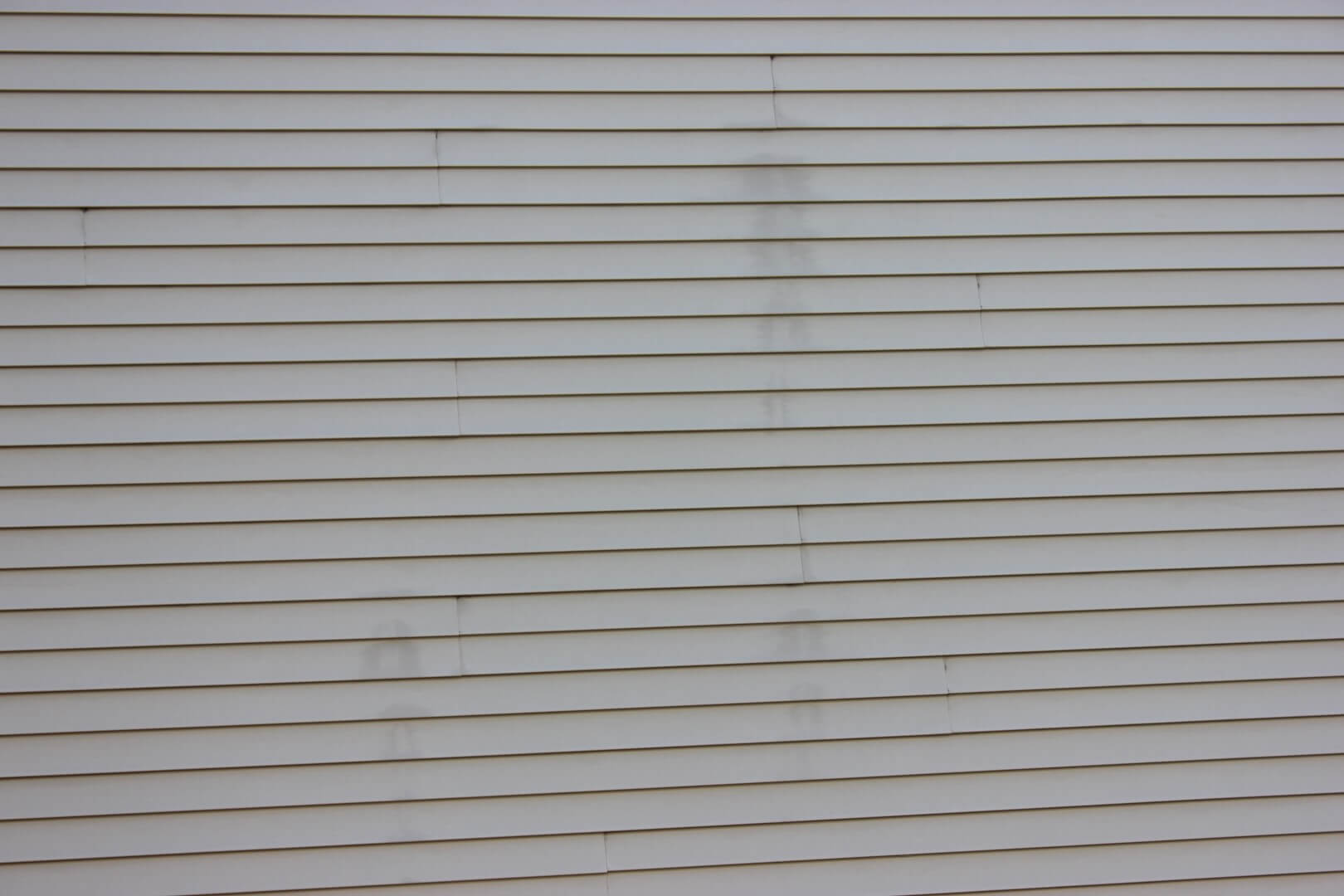
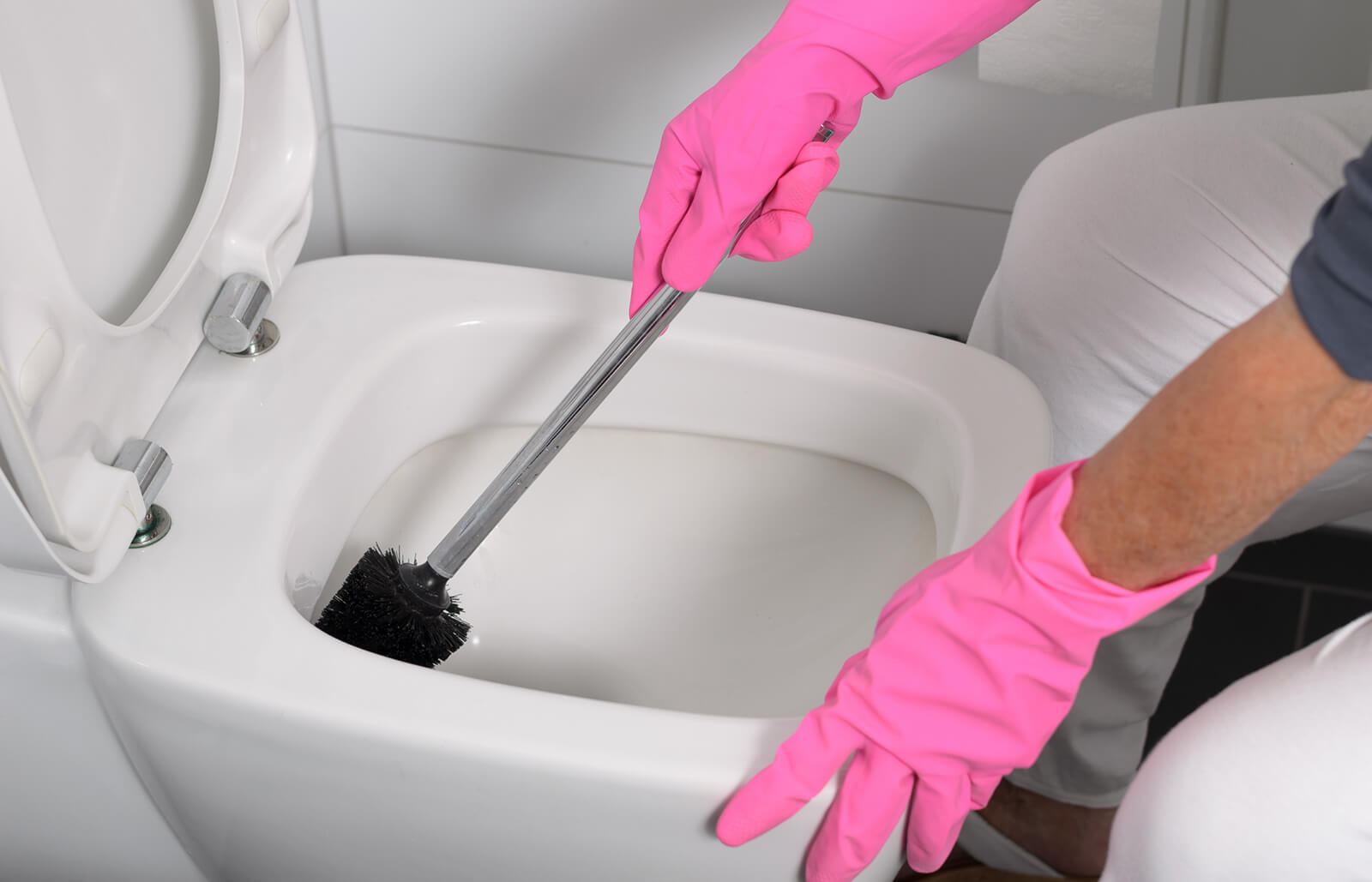
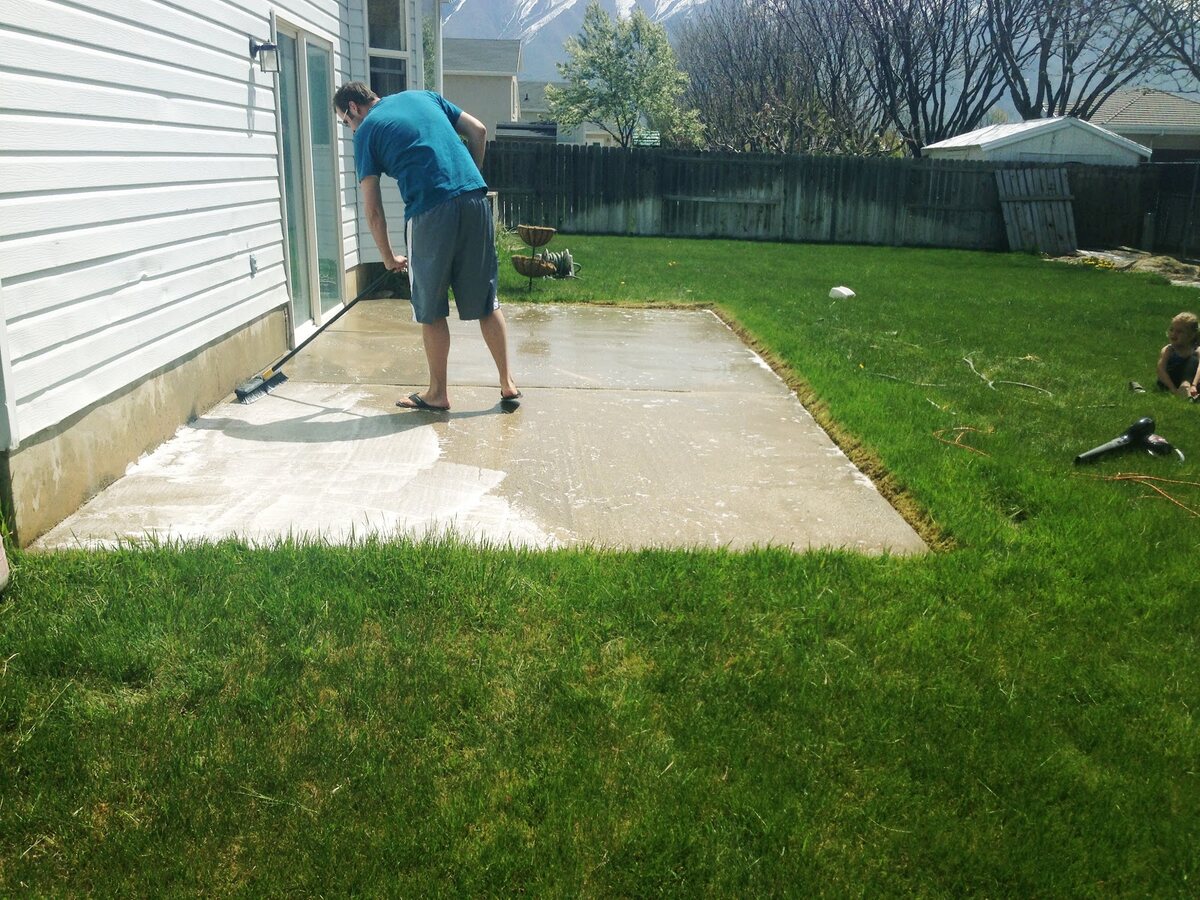

0 thoughts on “How To Get Stains Off A Stove Top”